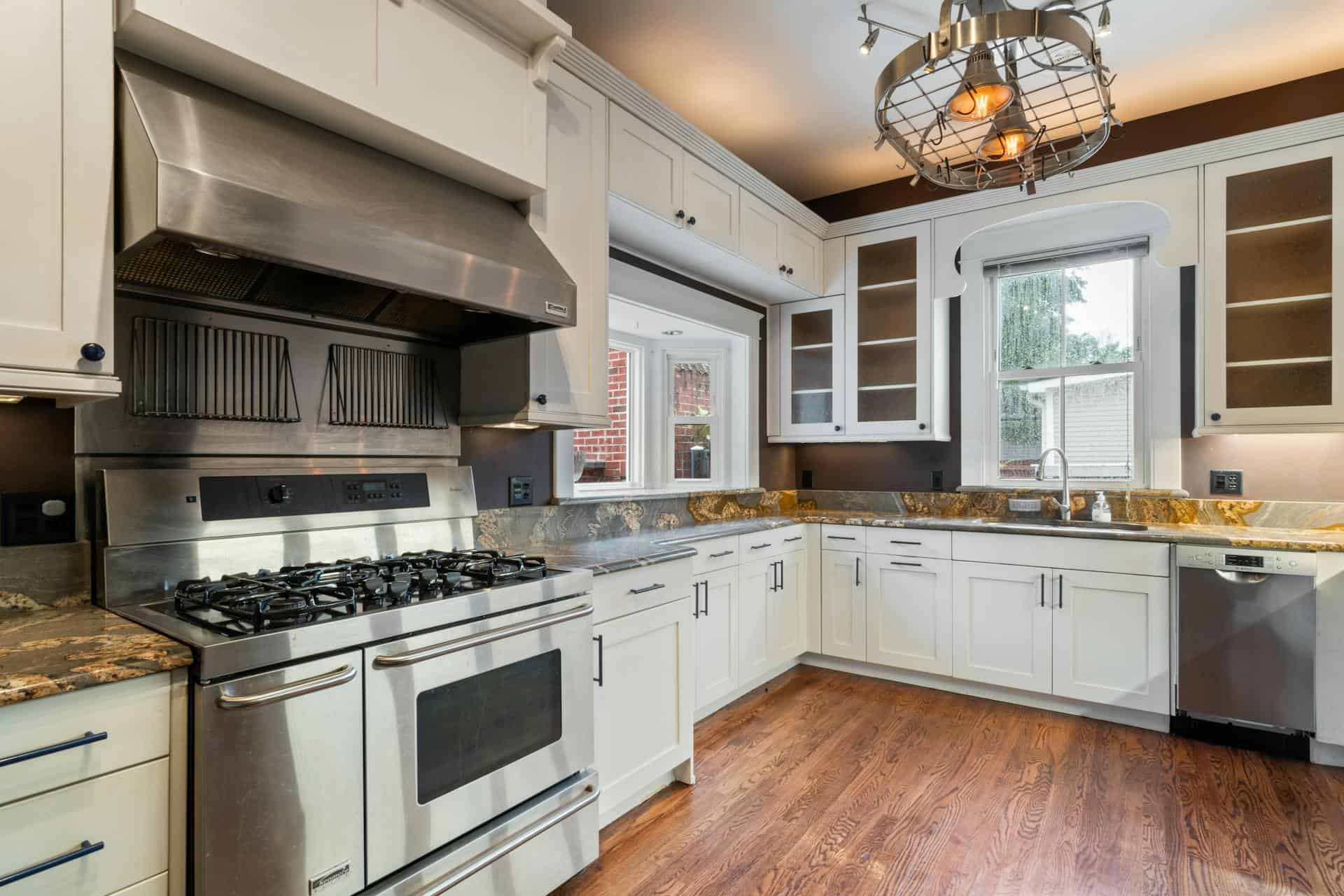
Question: Where Should a Kitchen Vent Hood Be Placed?
Answer: The kitchen vent hood should be placed directly above the stovetop, typically centered. Standard practice calls for 24-30 inches of clearance between the cooktop and the hood’s bottom.
Optimal Kitchen Vent Hood Placement
A properly placed kitchen vent hood keeps your home safe and fresh. It removes smoke, grease, and odors from cooking. This guide explains ideal vent hood placement for different stove types and kitchen layouts. Find the best location for your vent hood for peak performance.
Vent Hood Placement Basics
Center your vent hood directly over your stovetop. This maximizes capture area for smoke and steam. The hood should be wide enough to cover the cooking surface. Most stoves benefit from a hood extending a few inches beyond the stove’s edges. Proper height depends on your stove type and ceiling height.
Measure your stove’s width. Choose a hood that matches or slightly exceeds this measurement. This ensures complete coverage and efficient ventilation. Consider your cooking habits. If you frequently cook greasy foods, a larger hood offers better protection against airborne grease particles.
Click this link to learn more about Blue Kitchen Refacing
Related Article: How Do You Get Good Ventilation in a Kitchen?
Related Article: Do Recirculating Hoods Remove Moisture?
Vent Hood Types and Placement Considerations
Different vent hood types require specific placement considerations:
Under-Cabinet Hoods:
Mount these directly under your cabinets. Ensure the cabinets provide adequate space for the hood’s height requirements. Verify the hood’s depth fits within the cabinet space.Wall-Mount Hoods:
Install these directly onto the wall above your stove. These offer flexibility in height and width. Confirm the wall provides sufficient support for the hood’s weight.Island Hoods:
Suspend these from the ceiling above an island cooktop. Carefully plan the height to avoid head bumps. Securely attach the hood to the ceiling for stability.Downdraft Hoods:
Integrate these into your cooktop. They pull air downwards through vents. These offer a sleek, minimalist aesthetic. Ensure proper installation for effective ventilation.
Common Placement Mistakes to Avoid
Avoid these common vent hood placement mistakes:
Incorrect Height:
Placing the hood too high or low reduces efficiency and creates safety hazards. Follow the recommended height guidelines for your stove type.Inadequate Coverage:
A narrow hood allows smoke and grease to escape. Choose a hood that covers your entire cooking surface.Obstructed Venting:
Ensure the vent path to the outside is clear and unobstructed. A long, twisting vent path reduces airflow and efficiency.Ignoring Ductwork Size:
Use the correct ductwork size recommended by the hood manufacturer. Incorrect ductwork restricts airflow and creates noise.
Maximize Vent Hood Performance with Proper Placement
Correct vent hood placement optimizes its effectiveness. By following these guidelines, you ensure your kitchen stays clean, safe, and free of cooking odors. Consider the type of stove, the vent hood style, and the layout of your kitchen. These factors determine the ideal location for your vent hood. A well-placed vent hood enhances your cooking experience. It also improves the air quality in your home. A functional vent hood is an essential appliance in any kitchen.
Properly measure your stove and choose the correct hood size. Install the hood at the appropriate height. Maintain a clear vent path to the outside. These steps ensure optimal performance. Consult a professional if you have questions about vent hood installation.
Ensuring Proper Ventilation
Ensure adequate ventilation for your kitchen. Proper ventilation removes cooking byproducts. It maintains a healthy indoor environment. A well-ventilated kitchen improves air quality. It reduces the risk of respiratory issues.
Choose a vent hood with sufficient CFM (cubic feet per minute) for your stove size and cooking style. Higher CFM values indicate stronger ventilation. Install the vent hood correctly to maximize airflow. Regularly clean or replace the hood’s filters. Clean filters ensure optimal performance.
Conclusion
A properly placed and installed vent hood is an investment in your home’s health and comfort. It improves air quality and removes unpleasant odors. Consult a professional if you need assistance with installation or have questions about vent hood options. A well-functioning vent hood enhances your cooking experience and creates a healthier living environment.

Blue Malue Get in touch with Blue here.
